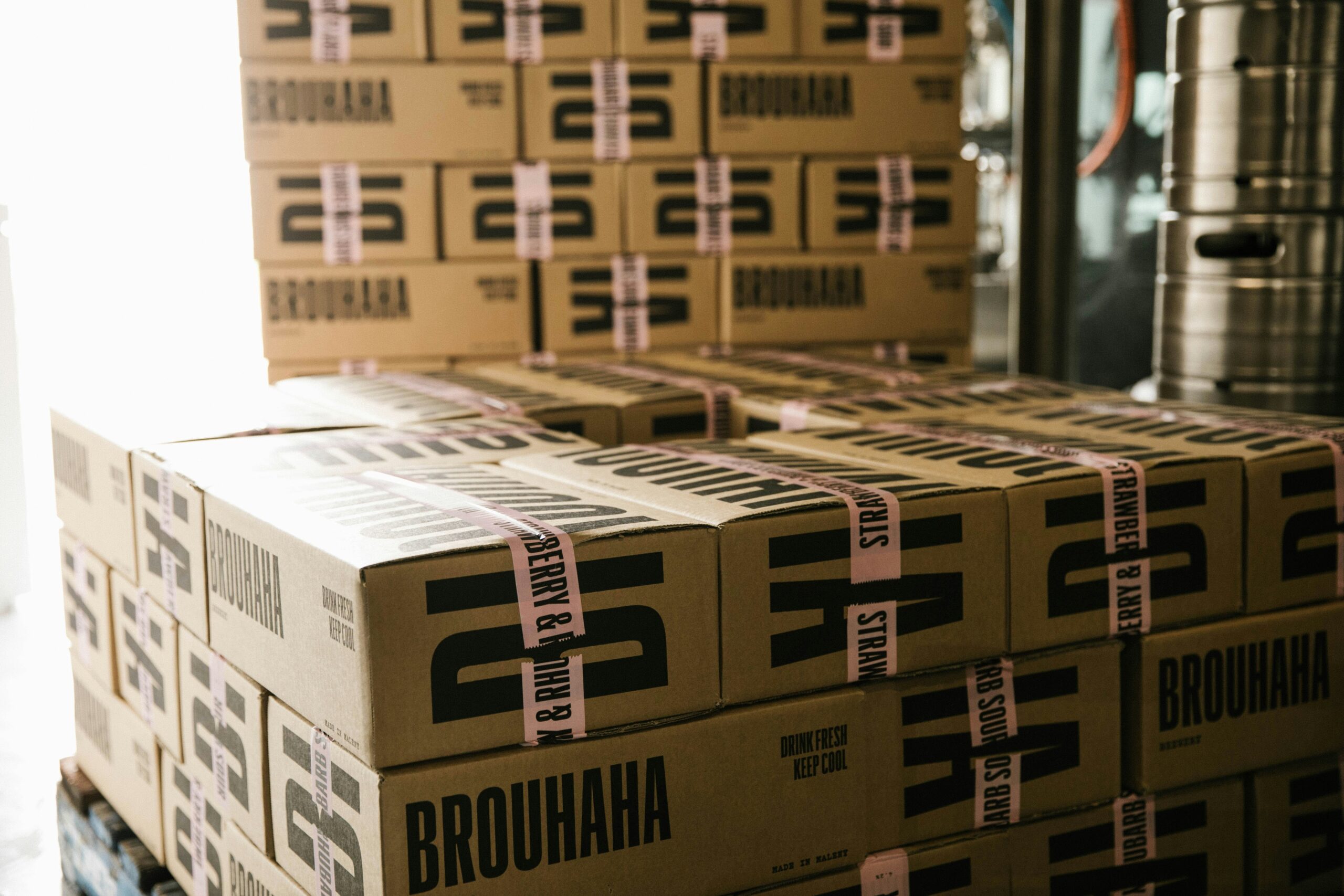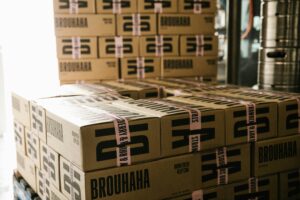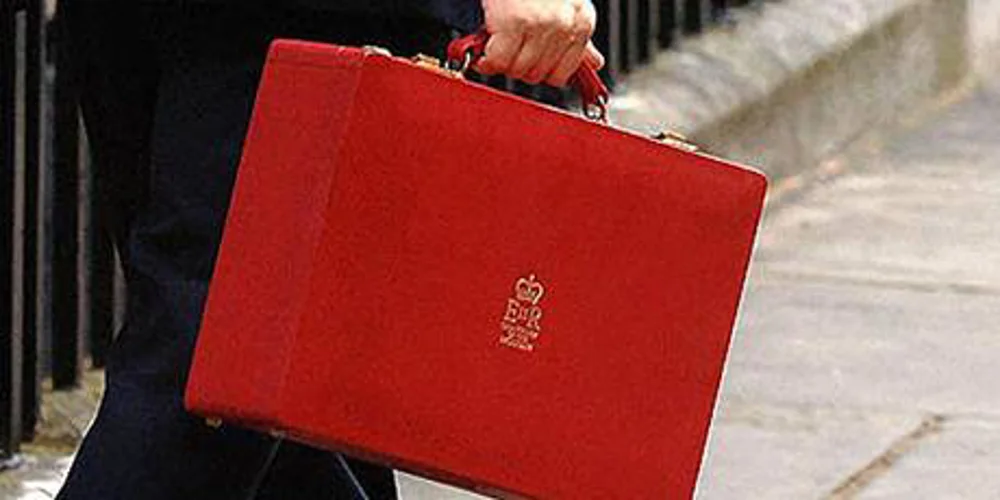The end of US de minimis – what’s next?
Topics

Significant trade news from the US with President Trump signing into law the “One Big Beautiful Bill” (OBBB), which includes a provision to repeal the de minimis exception under Section 321 of the Tariff Act of 1930. For US Customs, this is its most significant transformation in decades
What makes it so significant?
De minimis has powered the rise of ecommerce in the US, particularly from countries like China where low-cost brands have flooded the market with cheap, mostly, unexpected products. This bill likely spells game-over for those brands who have long relied on US consumers to drive demand for their products and is part of the US’s approach to support more domestic manufacturing and fairer trade.
A date for all our diaries – 29th August 2025. When the de minimis exception is to end.
Here, we set out what’s confirmed and what this means for global and UK businesses trading with the US.
What is de minimis?
The de minimis exemption allows many goods valued at or under $800 (per person, per day) to enter the US exempt from duty and import taxes. De minimis is authorised under Section 321(a)(2)(c) of the Tariff Act of 1930, so you may know these imports more often referred to as Section 321 Entries.
 This threshold has remained unchanged since 2016, when it was raised from $200 to $800 and has essentially enabled a big boom in overseas imports. It is now under consideration for its potentially negative impact on US domestic industries and possibility for abuse.
This threshold has remained unchanged since 2016, when it was raised from $200 to $800 and has essentially enabled a big boom in overseas imports. It is now under consideration for its potentially negative impact on US domestic industries and possibility for abuse.
Ending the exemption is expected to generate up to $40B in federal revenue over the next decade, although critics to the bill have warned that enforcement costs may offset much of that benefit.
Legislative details to know
The important thing to note is that the repeal targets all countries, extending beyond the May 2025 rollback that had already removed the exception for China and Hong Kong. It applies to commercial shipments only and means personal imports by travellers and bona fide gifts remain exempt.
It will be effective from 29th August 2025. This will mean reviewing process and systems to ensure they’re prepared. And crucially compliant. If businesses don’t get this right, there will be fines. Up to $5,000 for a first offense and $10,000 for subsequent violations.
Why this matters for customs classification
 1. Surge in volume: All parcels, even under $800, will require the appropriate customs documentation, HTS code and duty payment. Classification teams must be prepared to process dramatically higher volumes
1. Surge in volume: All parcels, even under $800, will require the appropriate customs documentation, HTS code and duty payment. Classification teams must be prepared to process dramatically higher volumes
2. Increased compliance risk: Misclassification carries financial penalties. Products that had previously gone unscrutinised will be looked at more closely for the correct tariff code
3. Bottlenecks and delays: Manual processing will struggle under the volume surge. Without automation or a hybrid approach, entries will bottleneck, delaying deliveries and increasing demurrage costs.
Navigating the changes
Customs professionals should evaluate their current systems and processes to identify gaps and necessary improvements. This includes assessing your classification capabilities and processing capacity. Can your team manage with an increase in volume?
This is new news for many so communication is key. Many importers remain unaware of the implications, and early education will help prevent disruptions and compliance issues.
Practical steps to take now:
–Audit current volumes: Identify all entry lines under $800 over the past 12 months to model future workload and duty liabilities
–Access audit trails: Document every classification decision, supplier declaration, and valuation method to support post-2027 verifications
–Train your team: Host workshops on Section 321’s repeal ensure your team is tracking updates
–Automate: Review your current technology’s capability. Automating tariff classification will be key to managing an increased in volume and deeper scrutiny
How technology like TariffTel supports trade with the US
TariffTel’s customs classification platform is designed for precisely this kind of regulatory upheaval. With:
–Bulk-entry automation: Process thousands of small-parcel entries quickly and compliantly
–Human insight: Smart automation underpinned with a team of specialists who understand all regulatory nuances and complexities
–Comprehensive audit: Store every decision point and classification decision ready for customs inspections or audits. Avoid fines.
Get in touch to find out how you can be prepared.
Other Useful Resources
Budget analysis: The UK’s low‑value import reform
Yesterday’s UK Autumn Budget 2025 proposed a major change in the UK’s treatment of low‑value imports (LVIs), a shi...
CBAM: What you need to know for 2026
The EU’s Carbon Border Adjustment Mechanism (CBAM) is entering a decisive stage. From 1st January 2026, importers of c...
TariffTel named FDEA Export Awards finalist
We're thrilled to share that TariffTel has been shortlisted as Export Service Provider of the Year at the FDEA Export Aw...



